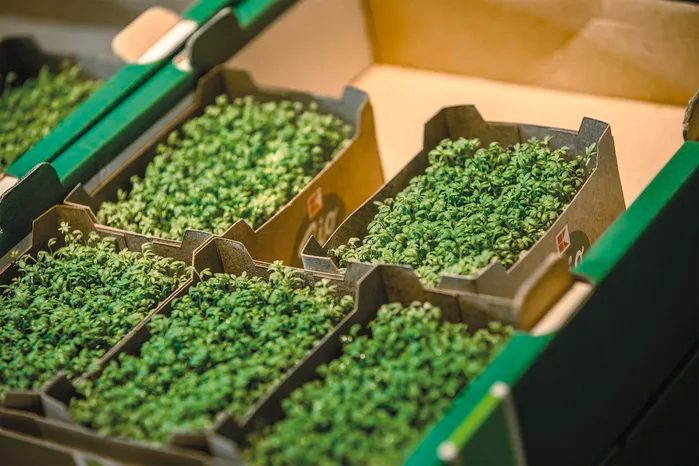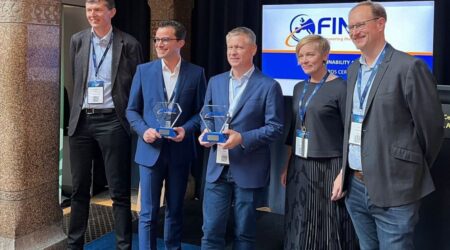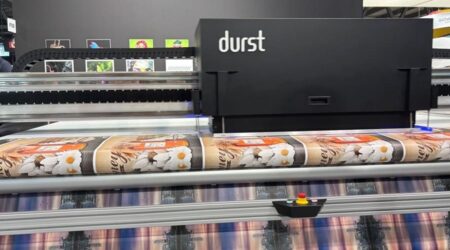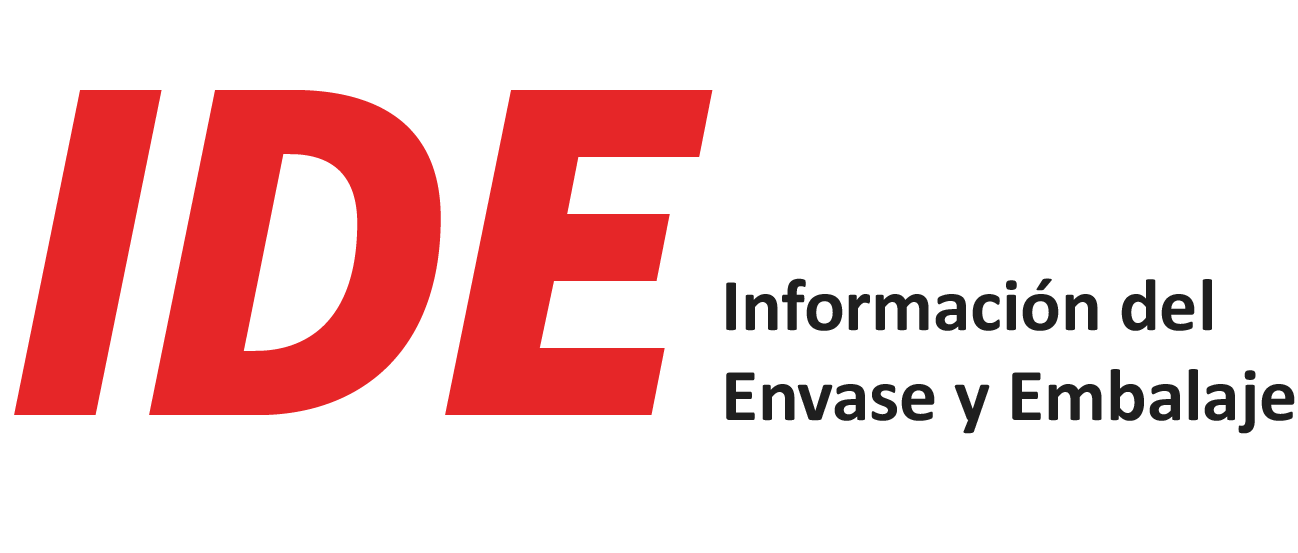Putting globalization to the test: Seeking new sources of raw materials for paper and cardboard
Indice
The Covid-19 pandemic has shown how fragile global raw material supply chains for packaging really are. But there are a few opportunities to become a little less dependent on global trade.
Since the end of last year, raw material prices for packaging have increased by leaps and bounds in some cases. The price level for all paper types as calculated by the German Corrugated Board Industry Association (Verband der Wellpappen-Industrie, VDW) based on EUWID data was up by 16.2 percent in February 2021 compared to the same month in 2020. For the most common types of brown paper based on recycled paper, data from EUWID indicates a price rise of EUR 110 per tonne between September 2020 and February 2021.
The global paper market also continued to grow in 2021, driven by the rising prices for corrugated board in both China and the EU. According to market analyst Mintec, the strong demand for corrugated board and cardboard, resulting mainly from the boom in online trading, combined with the pandemic and planned maintenance work in paper factories, led to supply bottlenecks and further price rises. In addition, the lockdowns in most European countries caused a shortage of recycled materials, which was only made worse by Brexit.
Plastic also affected by rising prices
The higher paper prices and rising costs for equipment and resources therefore put increasing pressure on the packaging industry, which also faced a fall in revenue. The fact more and more companies are switching to more sustainable packaging, however, means more paper is being used. Manufacturers now have to deal with the problem of combining sustainability with cost-effectiveness.
But switching to plastics is not an alternative for many, not only for reasons of sustainability but also because prices for the raw materials used in plastics have also risen. Prices for HDPE flat film, as well as PE-LD, PE-LLD and PP have risen noticeably. Depending on the material, prices in isolated cases have risen by as much as 100 percent compared to Q3 and Q4 of 2020, according to Industrieverband Papier- und Folienverpackungen (IPV), the German association representing producers of packaging made from paper and plastic films.
How can manufacturers respond to rising raw material prices?
According to IPV, there is clear demand for fibre-based products as a substitute for plastic packaging, which has been a definite trend in recent years. Almost 89 percent of IPV members are observing strong or very strong customer pressure for more fibre-based solutions. The switch to sustainable raw materials and ease of recycling are often identified as benefits, in parallel with the desire to avoid contaminating the environment with plastic.
Although manufacturers can have hardly any influence on the current price increases, there are a few ways they can become a little less dependent on global market developments. The latest technologies and new packaging design concepts make it possible to reduce the amount of packaging used. And companies can draw on a steadily increasing range of alternative materials. Qualities and machinability are hardly a problem any longer when alternative fibre-based raw materials are used in packaging paper, for example.
Once manufacturers have demonstrated that fibre-based packaging materials are the more sustainable solution for their application compared to other materials, there are still a few things to watch out for: Where do the fibres come from? Are they FSC-certified, for example? It is also important to be aware that cellulose fibres are not endlessly recyclable. Six times is usually the limit.
At that point, fresh fibres need to be added to maintain the paper quality. With fresh wood-based fibres, manufacturers can rely on seals such as FSC to certify the raw materials were sustainably grown. An even more sustainable option is to make paper from alternative sources such as waste from sawmills – wood shavings and sawdust, for example – which are suitable for pasteboard and raw kraft paper.
Which raw materials grow “right outside the door”?
In addition to wood as a sustainable raw material, there are now a number of other sources available for papermaking. Packaging and labels made of grass paper caused a stir at the previous FACHPACK. It covers all bases in terms of appearance, barrier effect, machinability and recyclability. And other sources of raw materials such as asparagus waste have recently joined the list: Only half of the world’s asparagus production is used as a foodstuff, leaving a fibre-rich raw material. A research project at the Munich University of Applied Sciences sought ways to use asparagus waste in paper and packaging manufacture. The asparagus can be processed to obtain fibre, and the researchers used a lab-based fibre casting method to make berry trays.
Finnish confectionery manufacturer Fazer Bakery has turned yet another unused raw material into packaging material: a bread bag made of oat husks generated as a by-product from its own oat milling process. These new bread bags consist of 25 percent oat husks and can be recycled as cardboard packaging.
Closer to home, there is also the cup plant. Not only does it provide food for insects with its flowers, but it can also be used in fibre and paper production, as the companies OutNature and PreZero have demonstrated. Following a successful pilot phase, packaging based on the cup plant is now being marketed for the first time in the fruit and vegetables area in Germany’s Kaufland hypermarkets. The cup plant-based paper can be used in many paper applications, especially for packaging that comes into direct contact with foodstuffs. At the end of 2020, OutNature was presented with the German Packaging Award in the “New Materials” category for its novel idea of using cup plant fibres to produce sustainable packaging. This was followed at the beginning of 2021 by the high-profile WorldStar Award from the World Packaging Organisation (WPO) in the category “Packaging Materials & Components”.
Rising prices in one area can prove a driving force for innovation in another. And because there is no likelihood of raw material prices falling in the foreseeable future, companies are well advised to shorten their supply chains and seek out alternative sources. The result is added value, not only by reducing their carbon footprint but also by improving how they are perceived by the public.













